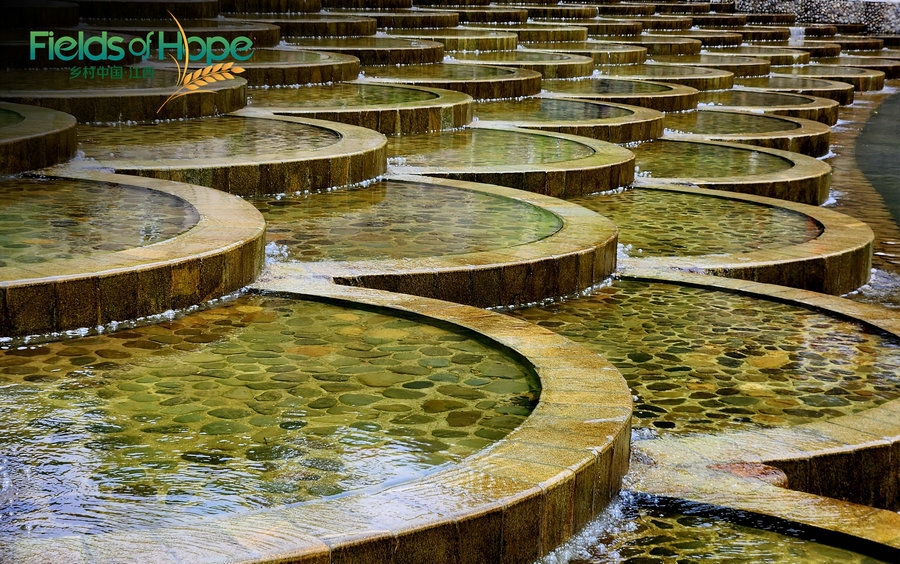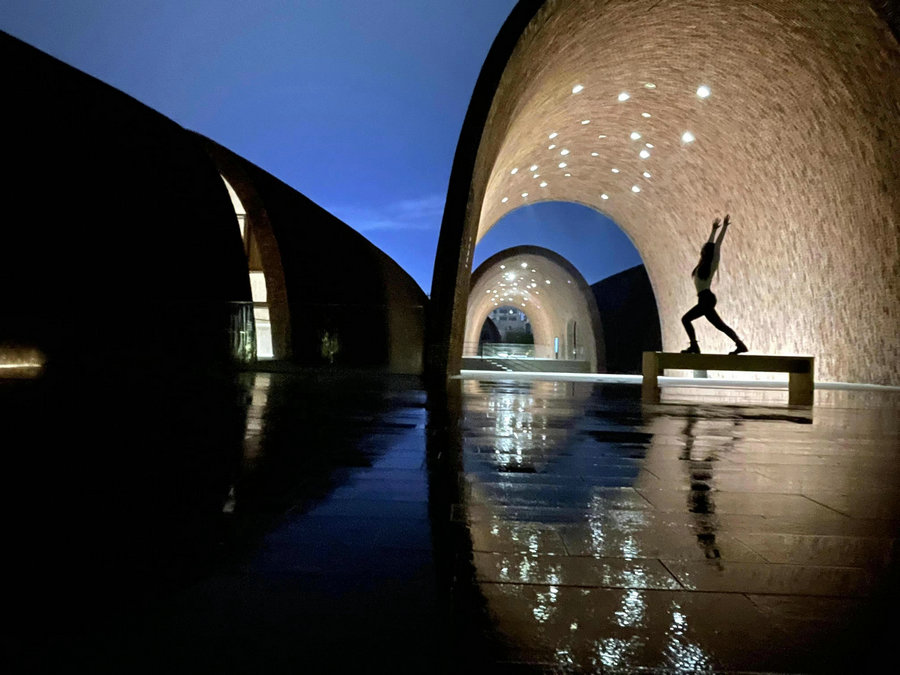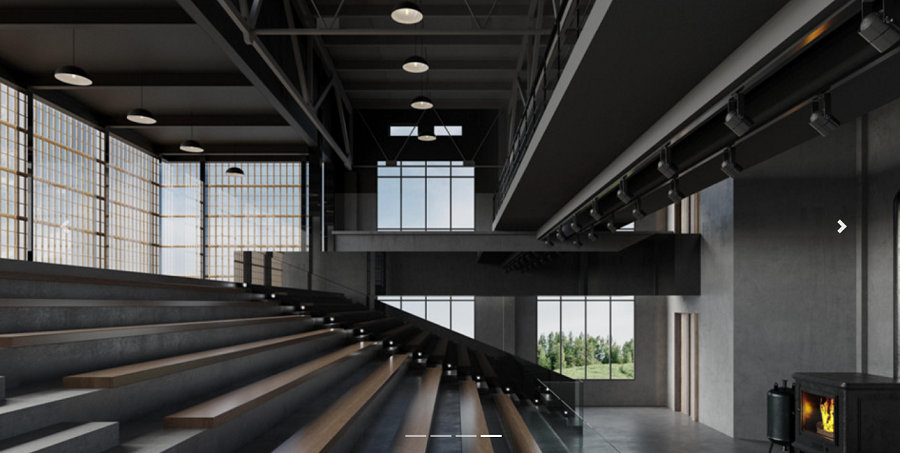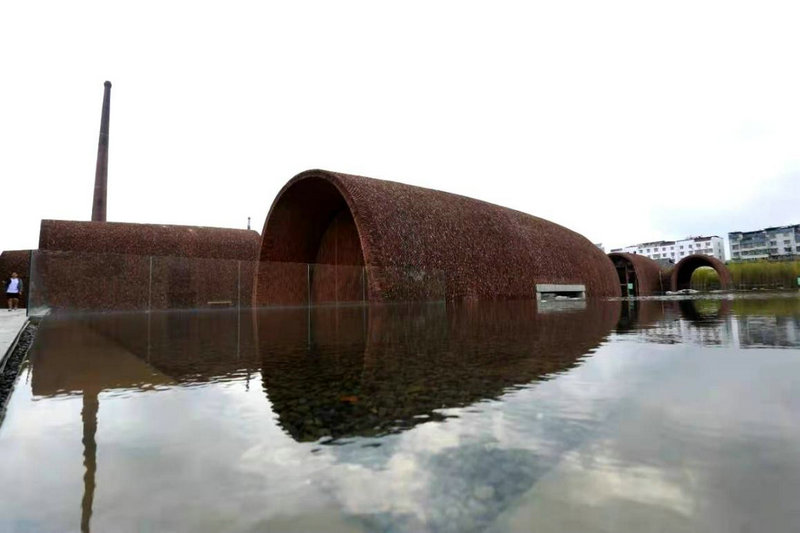
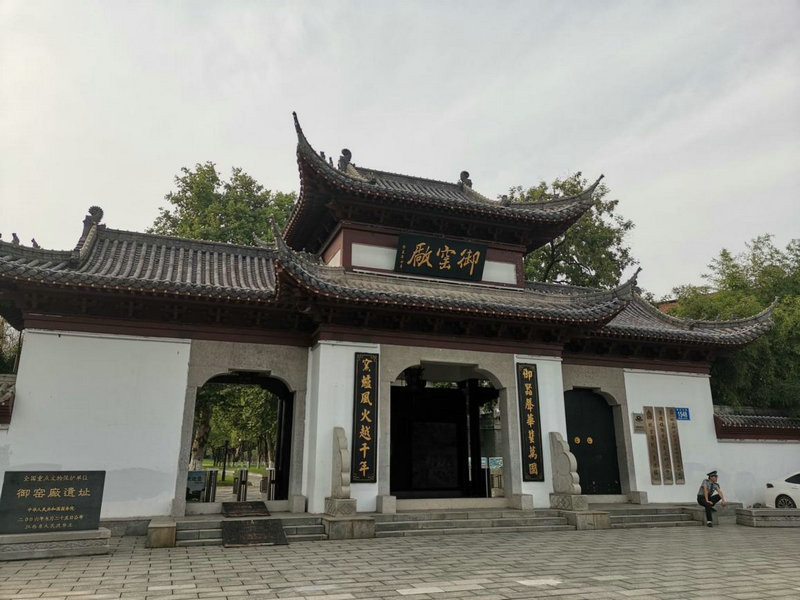
The Imperial Kiln is located in the city center with an area of 13.1 hectares, with 5.1 hectares of it as the area under great protection. The site is listed as one of the major historical and cultural sites protected at the national level. The kiln was built up exclusively for the production of imperial porcelain in the Ming and Qing Dynasties, representing the top porcelain making techniques of that time. It is the only ancient site that can fully reflect the traditional culture of porcelain making of the official kilns in history. It is now run and managed by Jingdezhen Ceramic Culture Tourism Group. In the site, there are spots such as Longzhu Pavilion, Official Kiln Museum, Imperial Kiln Handicrafts Museum, Specimen of Unearthed Porcelain Relics, Furnace of Ming Dynasty Kiln, Tongbin’s Memorial, Ancient Opera Stage, and Ancient Well.
In 1279, Hu Bilie, Emperor Shizu of the Yuan Dynasty set up Fuliang Porcelain Bureau here to supervise the making of imperial porcelain. In 1369, Zhu Yuanzhang, Emperor Taizu of the Ming Dynasty changed the bureau into the Imperial Utensil Factory, which was renamed as the Imperial Kiln during the reign of Kangxi of the Qing Dynasty and was closed during the Revolution of 1911. With a history of 600-year development, the Imperial Kiln is one with the longest time, the largest scale, the best handicrafts, and the most extraordinary artisans, having produced over ten thousand exquisite porcelain articles, some of which are still well preserved in collection by museums worldwide. Articles from this kiln repeatedly better the records of prices at auctions and the kiln still enjoys a special place in the world porcelain making history.
Relics unearthed from the kiln site were rich in number and cultural deposit and were items of different types produced in the Yuan, Ming, and Qing Dynasties. They are of exclusive historical, cultural, scientific, and artistic value and are important to the researches on China’s porcelain development history and to the studies on the development of Jingdezhen city.
Longzhu Pavilion is the landmark of Jingdezhen city. It was first built in the Tang Dynasty and restored and rebuilt for several times in history. In the pavilion, there is the colored drawing miniature of the Imperial Kiln of the Ming and Qing Dynasties in which over 1300 mini porcelain items were handmade by means of various engraving techniques and colored drawings, vividly displaying porcelain manufacturing and daily life of the glorious past and being enlisted as the best in Guinness World Records.
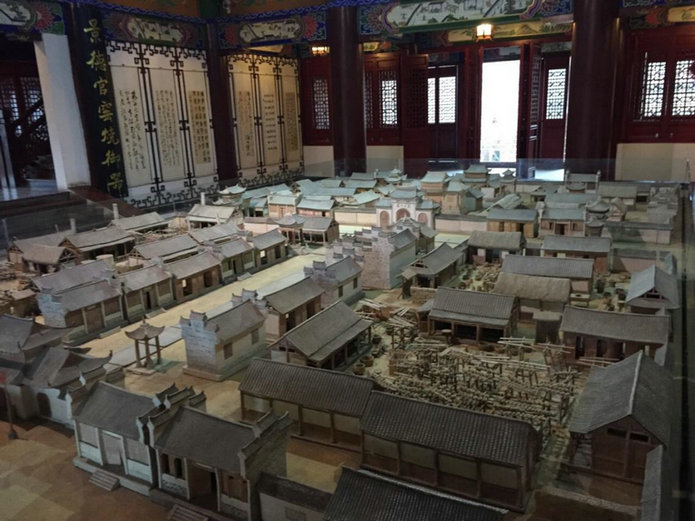
The Imperial Kiln Site has been a great concern of leaders and ministries. It was listed as one of the major historical and cultural sites protected at the national level in 2006 and among the first batch of National Archaeological Site Park Projects in October of 2010. In 2013, it was publicized as a National Key Site, and was listed among the second batch of National Archaeological Site Parks, as one of the 25 national site protection demonstration projects and one of the 10 site protection demonstration zones. It was rated as a national 4A-level tourist attraction in 2015, listed in the “13th Five-Year Plan” of national heritage site protection in 2016, and in the “Preliminary List of World Cultural Heritage in China” in 2017.
At present, Jingdezhen Ceramic Culture Tourism Group is reinforcing the preservation of the Imperial Kiln to build it into a national 5A-level tourist attraction and to make it an archaeological site park well-known to the world by means of protecting and utilizing the old kilns, old streets and factories around, and in coordination with the protection of the 1000-year-old street, the 600-year-old kiln, the 200-year-old workshop and the 60-year-old factory and museum.

